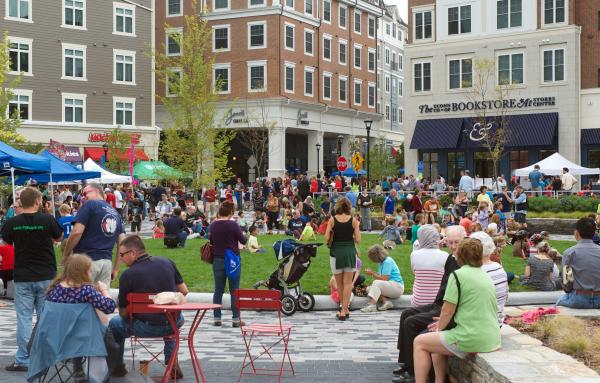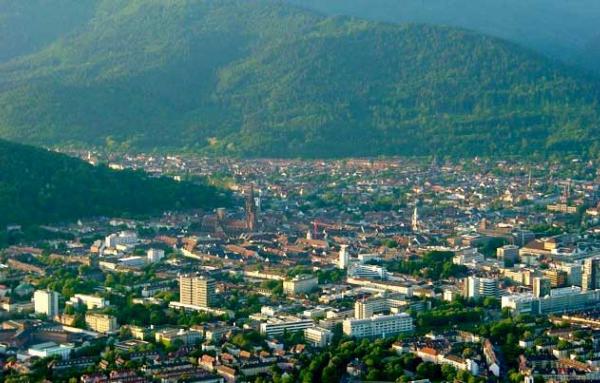Development
The market is much more receptive to the benefits of mixed-use today, but it is still easier to talk about main street retail than to effectively build it.
Great places are built in small increments, and urbanists are restoring America's know-how and capacity for small-scale development by many individuals in their own communities. Do you want to be a small developer?
Creating holistic neighborhoods from scratch was one of the first and still effective strategies of the New Urbanism.
Rose's latest book "is an urgent call to re-evaluate the theory and practice of city-making"
Increasingly in demand today, missing middle housing forms the backbone of the quintessential American neighborhood.
Sundance Square in Fort Worth, Texas, is a pioneering example of New Urbanism in a sprawling, Sunbelt city.
The Mercado District takes its urban design and architecture cues from Tucson's historic adobe neighborhoods.
Here's how Orlando replaced a hole in the city with connective tissue.
The charrette process can empower citizens to agree on the location of multiple walkable centers in suburban areas.
In small to mid-sized cities, the impact of New Urbanism can be dramatic.
Justin Fox of Montgomery, Alabama, has watched downtown return from the dead in the last quarter century. Montgomery has benefited from a form-based code and new urban planning, and, most of all, the nationwide resurgence in urban living. Fox, a...
Ponce City Market in Atlanta unites four neighborhoods and brings high-tech businesses back to the city.











